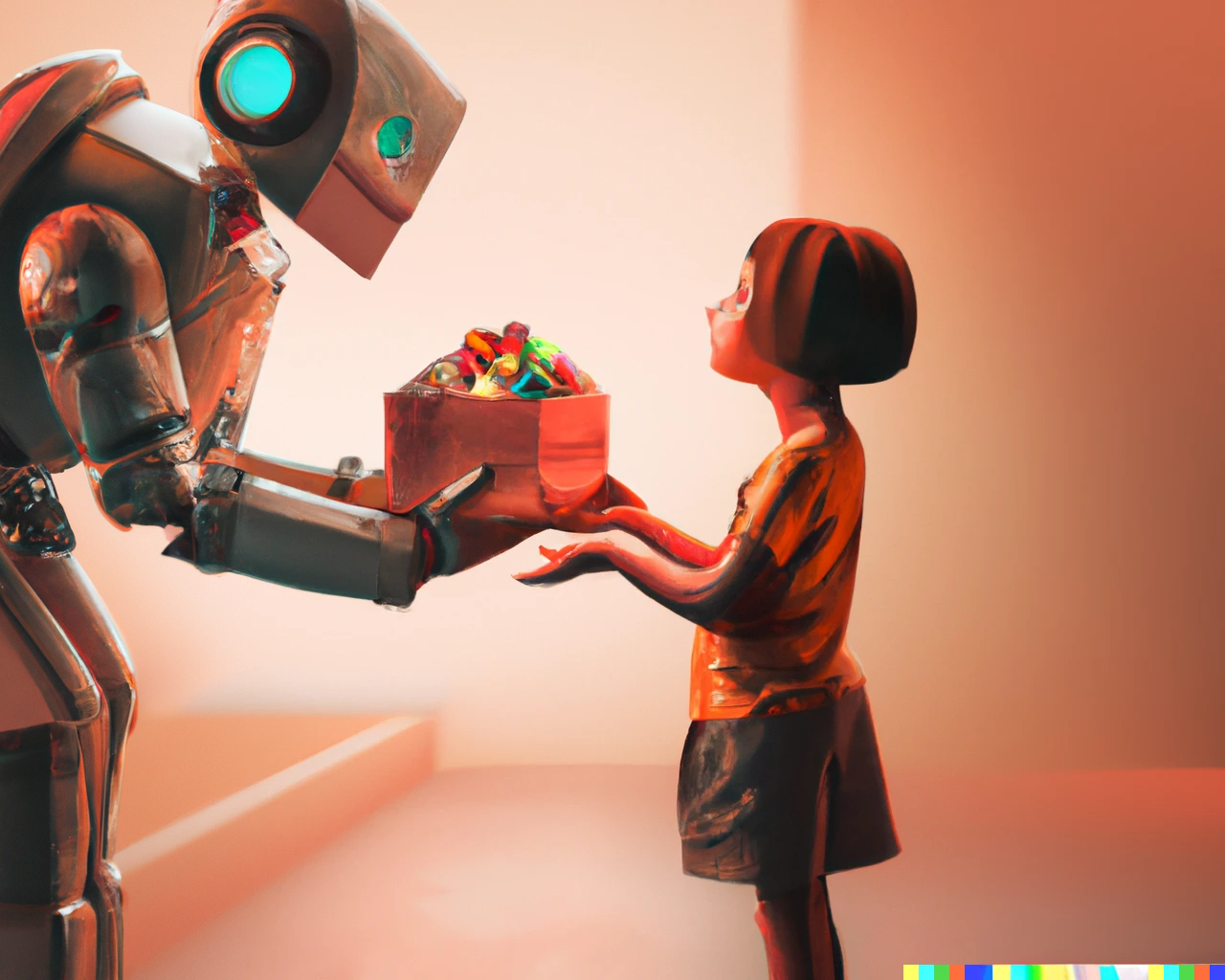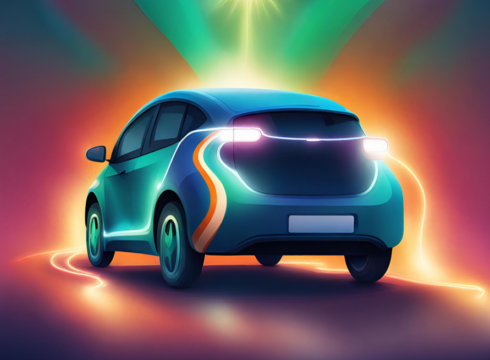If you’re following any influencers online, better check if they’re real or artificial, because in the recent wave of AI-based innovations, virtual influencers are the latest.
In 2018, Time magazine issued its ‘25 Most Influential People on the Internet’, a roundup of individuals or groups that generated an exceptional worldwide effect on social media and digital communication throughout the year. Among the featured personalities, the Instagram model Miquela Souza, with an estimated net worth range from US$10-US$16 million dollars, is not real.
Read more: Social media, the Frankenstein we must learn to live with
Souza isn’t the only one. Check out Naina_avtr on Instagram, a virtual celebrity created by Avtr Meta Labs in 2022, or Kyraonig, who has worked with brands like L’Oreal, Apple, Titan EyeX, and many more.
Meaning: she is a virtual influencer. Although today’s digital platforms are populated by AI-powered and AI-generated content, which includes algorithm-driven programmatic advertising to creative content, such as posts completely written by AI-writing tools such as ChatGTP, the phenomenon of virtual influencers is a weird one and has been redefining how virtual and real persons interact and build online bonds.
A look at all platforms and social media lets us know that virtual influencer popularity is peaking on Instagram probably because of the social media’s inherently visual nature. Thanks to advanced Computer-Generated Imagery (CGI) techniques and the tactical usage of narrative strategies typical of Instagram storytelling, virtual influencers make extremely accurate avatars with different levels of anthropomorphism, human likeness, and personality.
First, we had chatbots doing the same, but the fact that they are disembodied kept a distance. However, artificially generated virtual influencers come quite close to sounding and looking like their human counterparts, and they’re seen coexisting on the same social media platforms.
Read more: Dating apps & devices offer bizarre services to post-pandemic Gen Z
Just like any human influencer, virtual influencers have human-like storylines and pictures with humans. In fact, they even publicly interact with human users in their comment sections, and they often advocate for political and social causes. Most significantly, they endorse services and products on social media by partnering up with brands like Gucci, Samsung, and Adidas, so that they’re just as good an option as human influencers.
These virtual influencers are wielding the same impact that a human influencer does. A look at the comments that Naina_avtr receives says it all. People are just as equally smitten.
This reminds me of Simone, the 2002 Hollywood movie starring Al Pacino and Evan Rachel Wood, where a virtual starlet takes the world of cinema by storm. The difference here is that people are aware of the artificiality of these influencers.
According to a study, in line with the idea that individuals apply human social rules when interacting with computers, disclosing the synthetic nature of a fully anthropomorphized virtual persona does not affect influencer and brand perceptions.
Despite virtual influencers’ objective lack of capacity to perceive and feel affective and sensorial information, their acceptance by the users remains unhindered when they use an emotion-based communicative style. The social and business implications for companies aiming to implement virtual influencers successfully are high
“Despite virtual influencers’ objective lack of capacity to perceive and feel affective and sensorial information, their acceptance by the users remains unhindered when they use an emotion-based communicative style. The social and business implications for companies aiming to implement virtual influencers successfully are high,” the study says.
What does this say about influencers at large? What does this mean for human influencers?
Maybe, an influencer’s image is already something of a fantasy, which is why even after knowing about the artificiality of an influencer doesn’t matter to the audience. So should human influencers be worried about losing their jobs? Like many other creator job holders, they probably should. Building a virtual influencer is easy, cost effective, and way less fussy. They also say exactly what brands want them to say, and most importantly, the audience doesn’t mind that they don’t physically exist.












